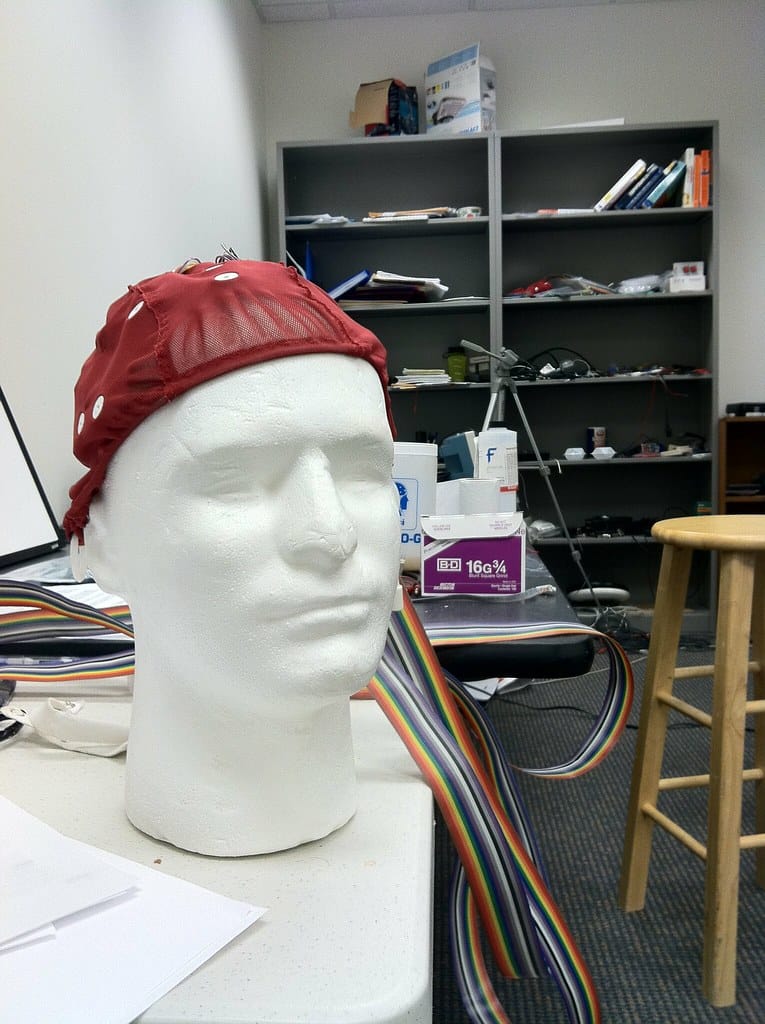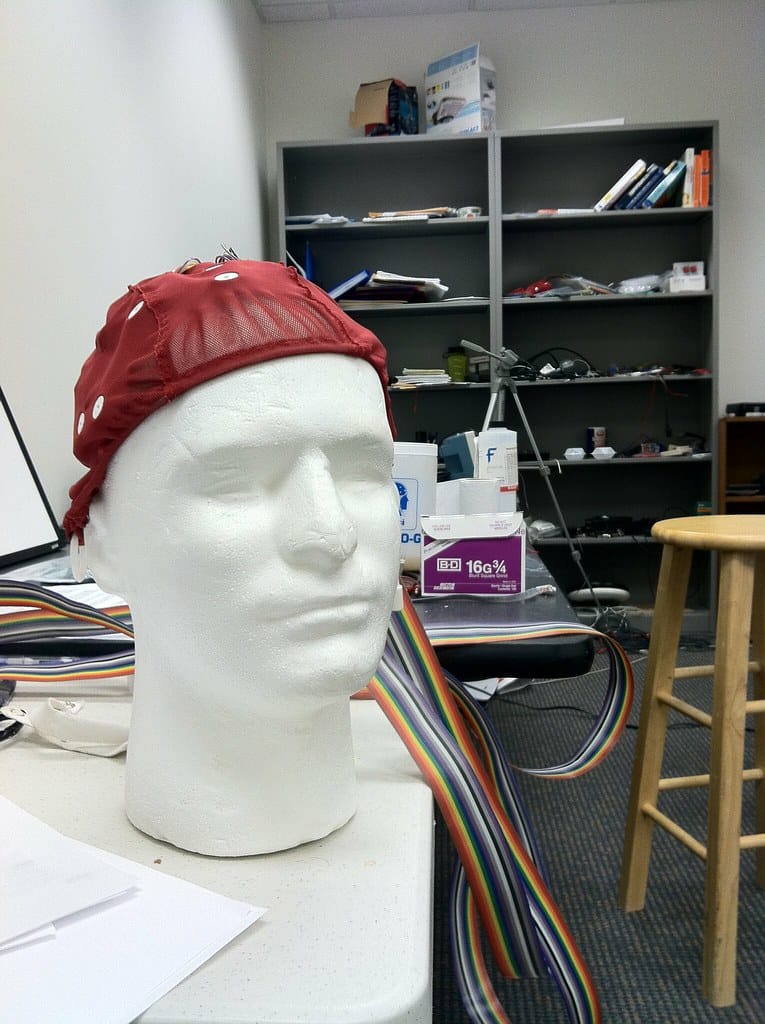Neuralink Reaches New Milestone: Seven Patients Now Living with Brain-Computer Interfaces
The future of human-computer interaction has quietly expanded, with Neuralink announcing that seven individuals now have the company's revolutionary brain implant technology embedded in their skulls. This significant scaling represents a 250% increase from the initial patient trials, marking a pivotal moment in the commercialization of brain-computer interface (BCI) technology.
From Experimental to Expanding Reality
Elon Musk's neurotechnology company has moved beyond proof-of-concept into what appears to be systematic patient enrollment. The original Neuralink patient, Noland Arbaugh, became a global sensation when videos showed him playing chess and controlling computer cursors using only his thoughts. Now, six additional patients have joined this exclusive group of early adopters living with the N1 implant system.
The expansion suggests Neuralink has successfully addressed initial technical challenges that plagued early trials. The company previously disclosed issues with electrode thread retraction in their first patient, requiring software adjustments to maintain functionality. The willingness to implant additional patients indicates these stability concerns have been resolved.
What the Numbers Tell Us
Seven patients represent more than a numerical milestone—it's a data goldmine. With multiple users, Neuralink can now:
- Compare performance across different types of paralysis
- Identify common usage patterns and preferences
- Validate the consistency of their surgical procedures
- Gather statistically meaningful safety data
This patient cohort likely includes individuals with various conditions causing paralysis, from spinal cord injuries to ALS, providing crucial diversity for understanding the technology's broad applications.
The Technology Behind the Headlines
Each Neuralink implant contains 1,024 electrodes distributed across 64 ultra-thin threads, thinner than human hair. These threads are surgically placed by a custom robot designed to avoid blood vessels while precisely positioning electrodes near neurons. The system wirelessly transmits neural signals to external devices, enabling direct brain control of computers, smartphones, and potentially robotic limbs.
The current focus remains on helping paralyzed individuals regain digital autonomy. Patients can browse the internet, play games, communicate through text, and control smart home devices—all through thought alone. This represents a dramatic quality-of-life improvement for individuals who previously required constant assistance for basic digital interactions.
Regulatory and Safety Landscape
Neuralink operates under the FDA's Investigational Device Exemption, allowing limited human testing while collecting safety and efficacy data. The agency's willingness to approve additional implants suggests preliminary safety profiles meet regulatory standards. However, long-term effects remain unknown, making these seven patients pioneers in the truest sense.
The company must demonstrate not only that the device works, but that it works safely over extended periods. Brain tissue responses to foreign objects, infection risks, and the longevity of electronic components in biological environments all require extensive documentation.
Competitive Context and Market Implications
Neuralink isn't alone in the BCI space. Companies like Synchron, Paradromics, and Blackrock Neurotech are developing competing technologies. However, Neuralink's high-bandwidth approach and significant funding advantages position it as the current market leader in invasive BCI systems.
The seven-patient milestone could accelerate investor confidence and partnerships with healthcare providers. More importantly, it demonstrates scalability—a critical factor for eventual commercial viability. Healthcare systems need evidence that new technologies can be deployed reliably across multiple patients and institutions.
Looking Forward: The Path to Widespread Adoption
Reaching seven implanted patients represents progress, but widespread adoption requires overcoming significant hurdles. Manufacturing costs must decrease, surgical procedures must become routine, and long-term safety data must be established. Insurance coverage and healthcare system integration present additional challenges.
Neuralink has hinted at future applications beyond paralysis treatment, including depression therapy, memory enhancement, and even human-AI symbiosis. However, these ambitious goals remain years away, requiring separate regulatory approvals and ethical considerations.
The Bigger Picture
Seven Neuralink patients mark a quiet revolution in human augmentation. While the technology remains experimental, each successful implant brings brain-computer interfaces closer to mainstream medical treatment. For the millions living with paralysis worldwide, these seven pioneers represent hope for restored independence and dignity.
As Neuralink continues expanding its patient base, the world watches to see whether Musk's bold promises about merging human and artificial intelligence will materialize, or whether the technology will find its niche as a powerful but specialized medical device. Either way, seven people now live in a future the rest of us can only imagine.

